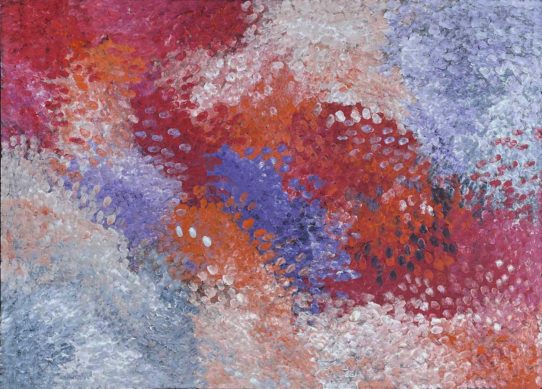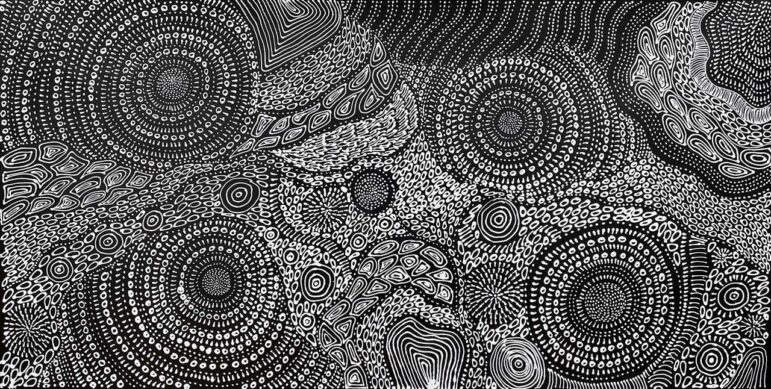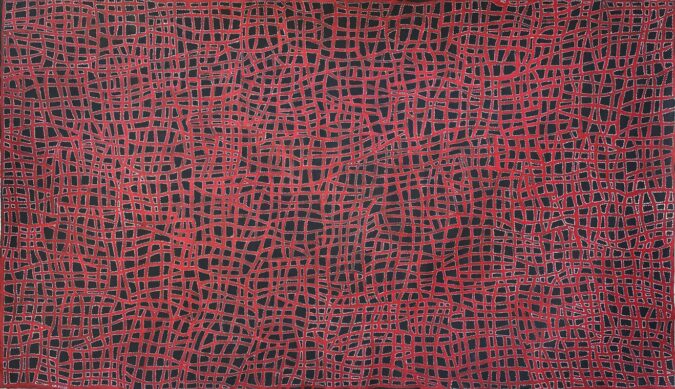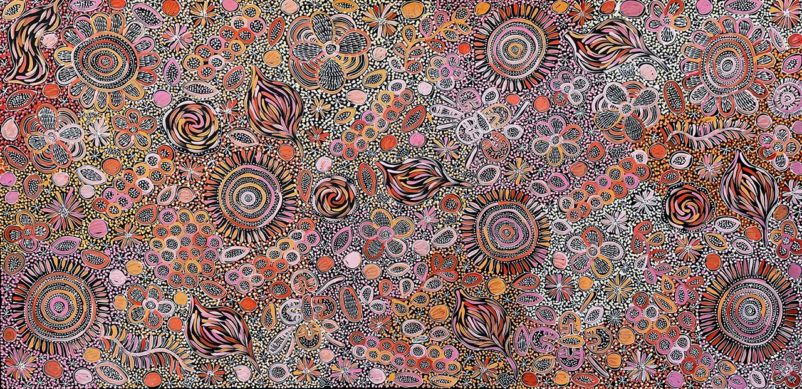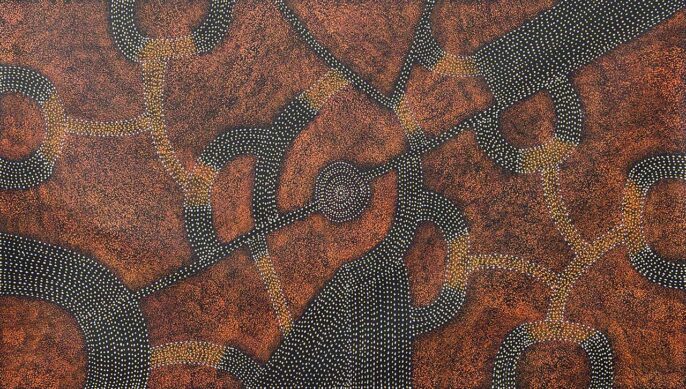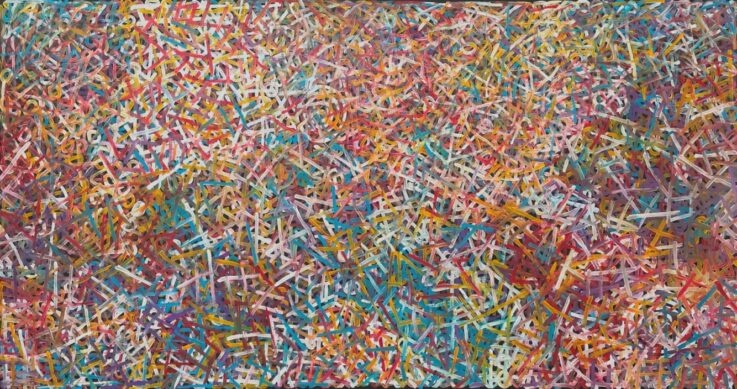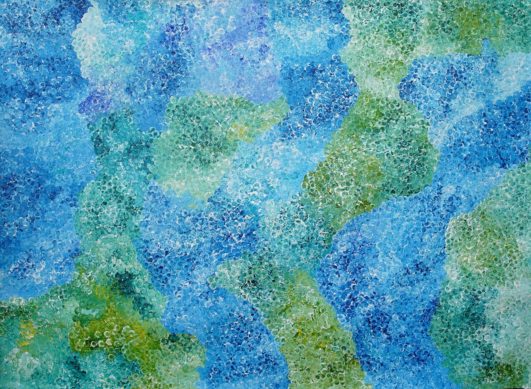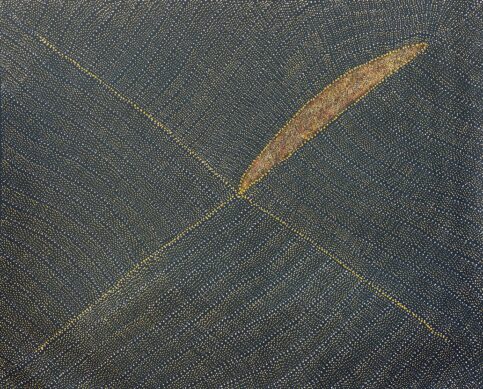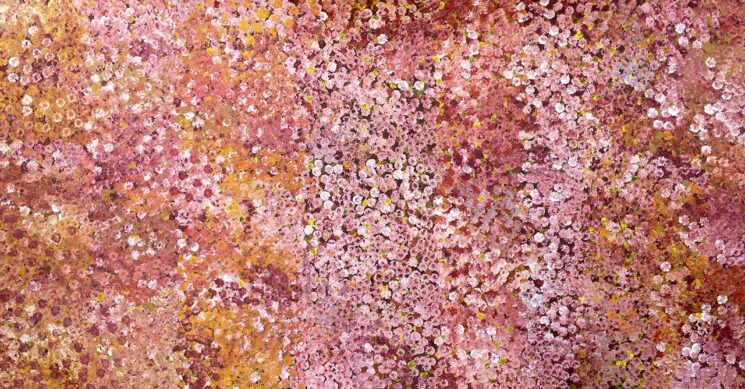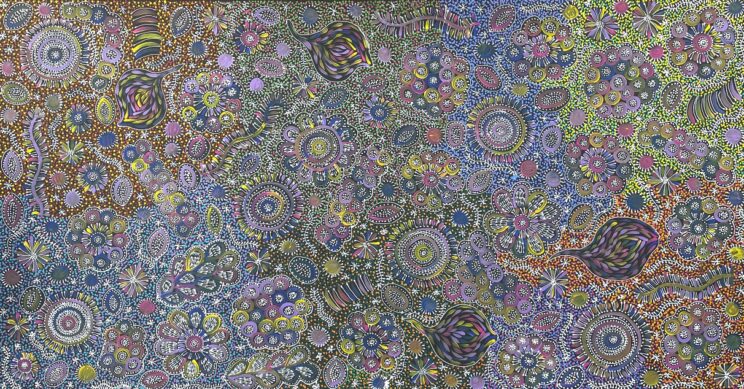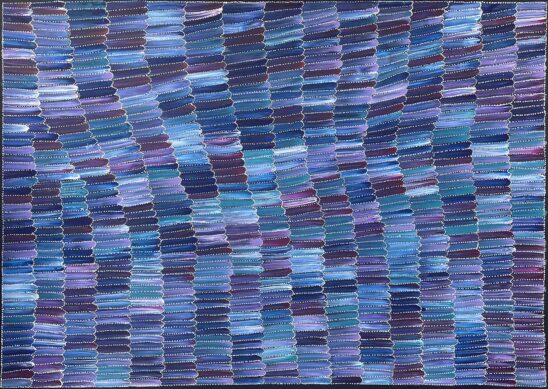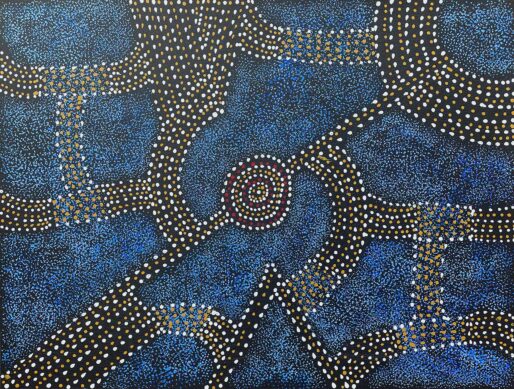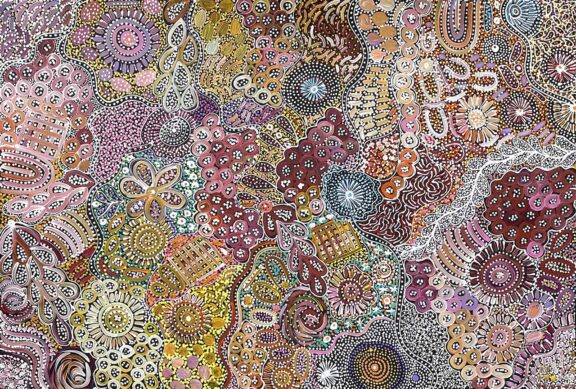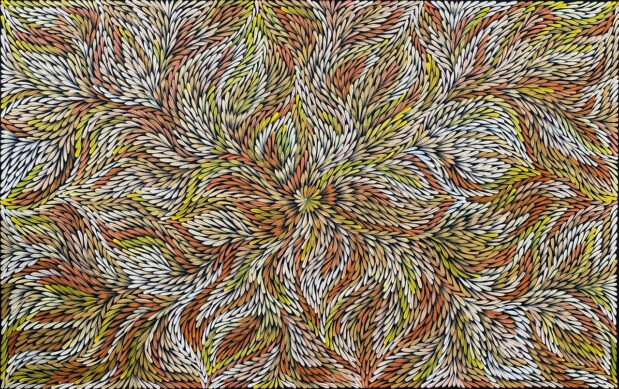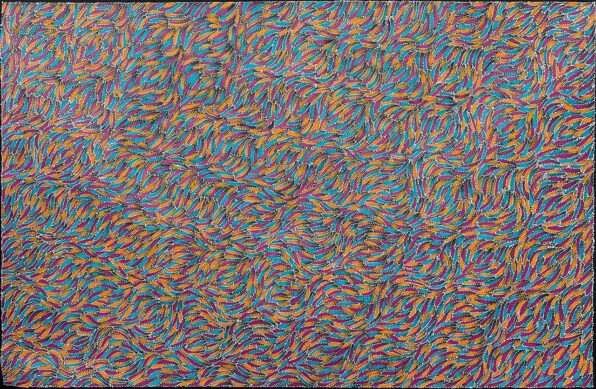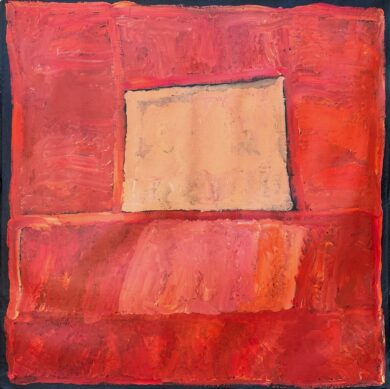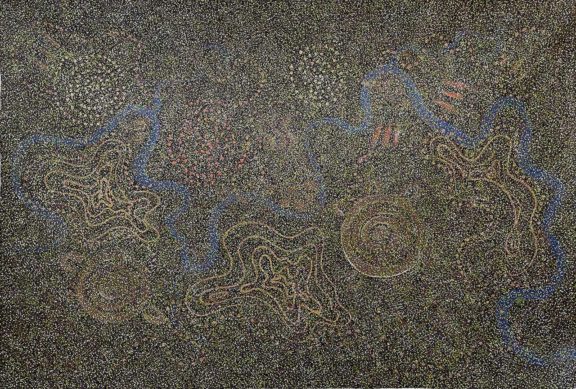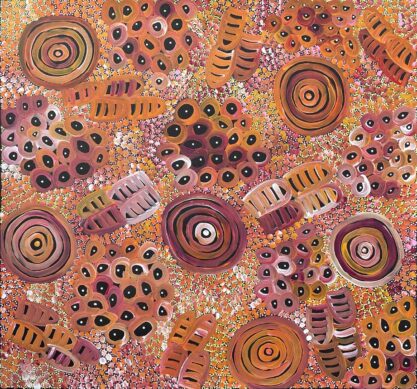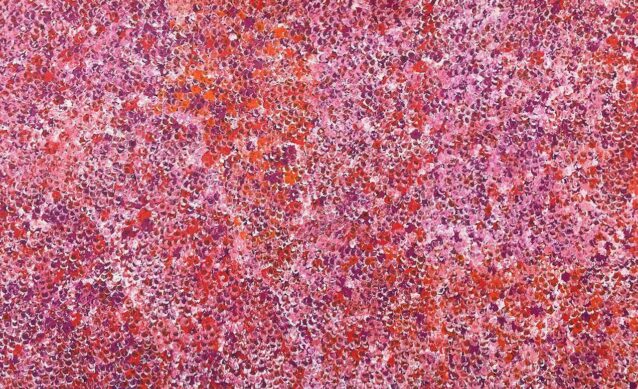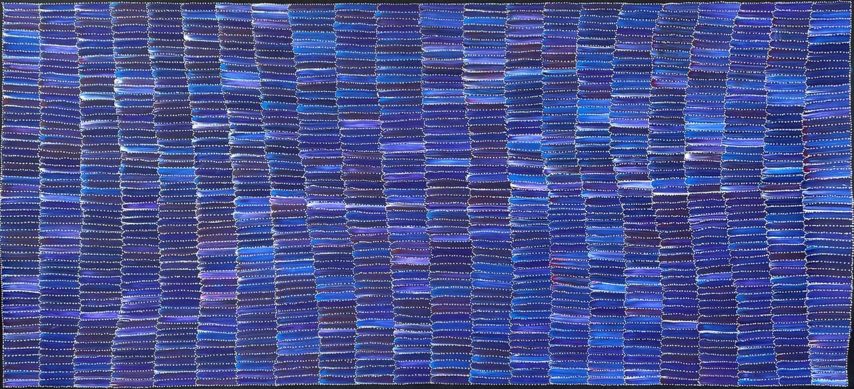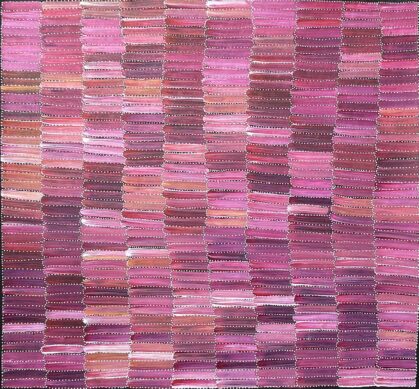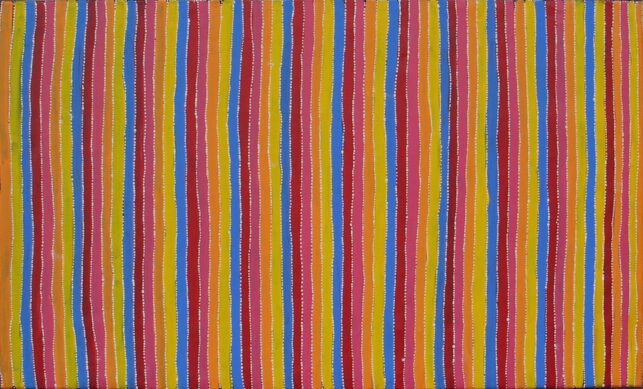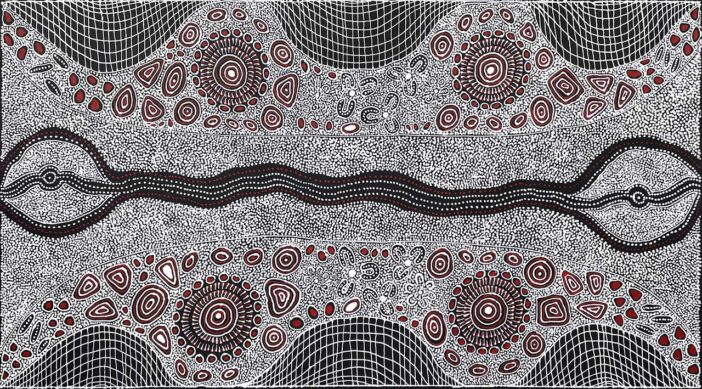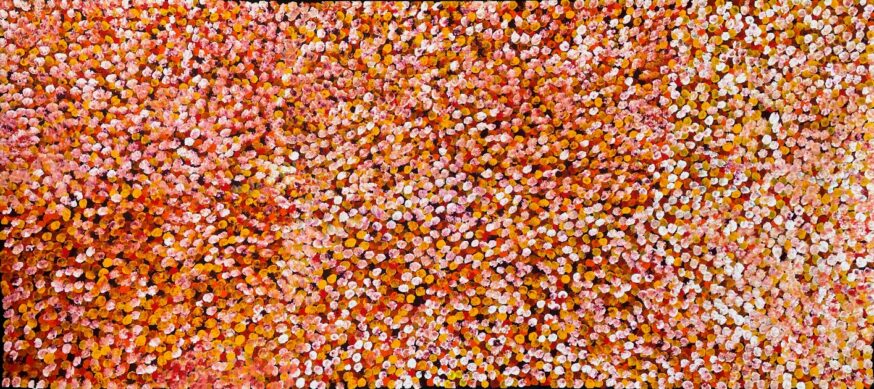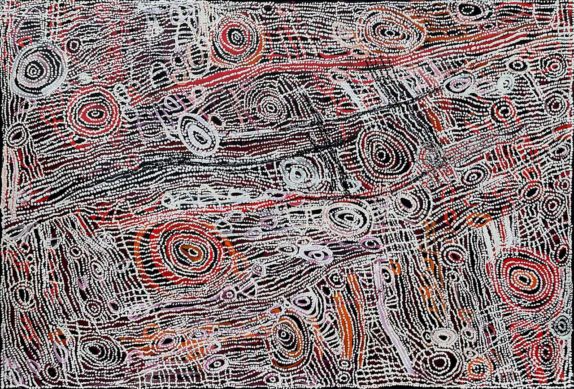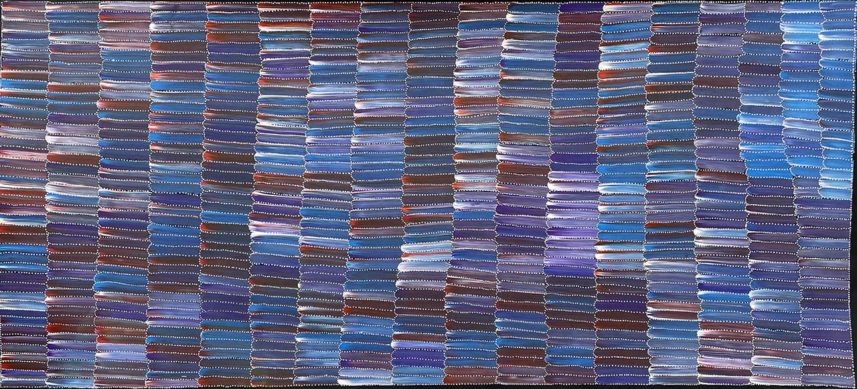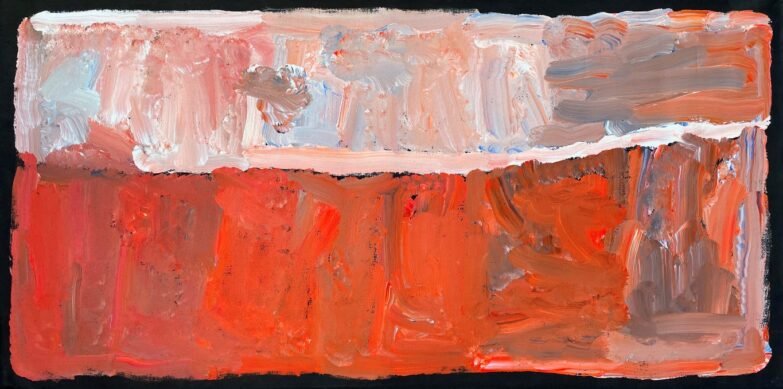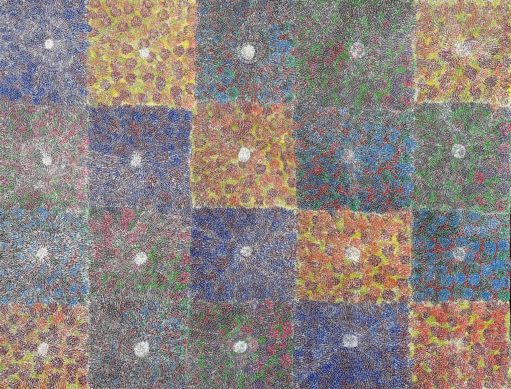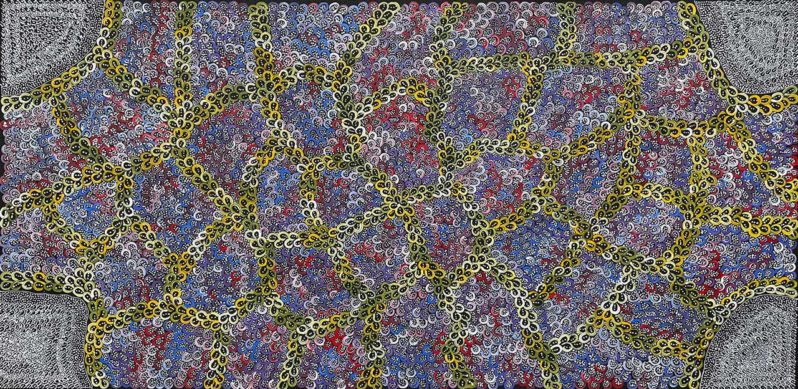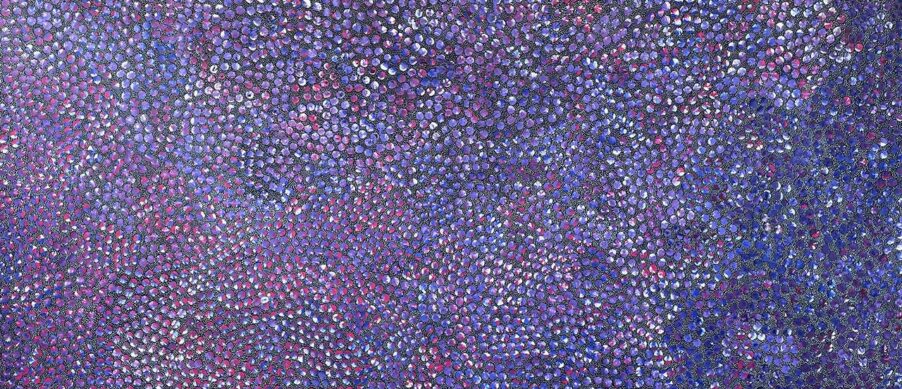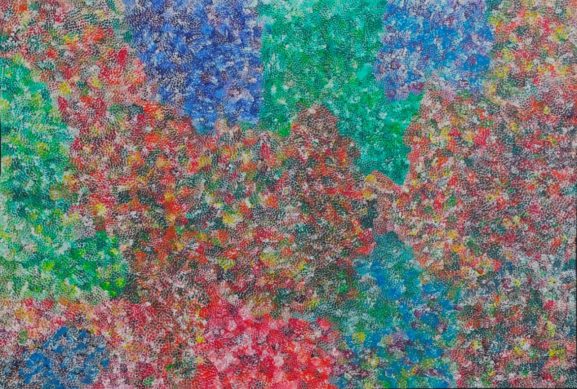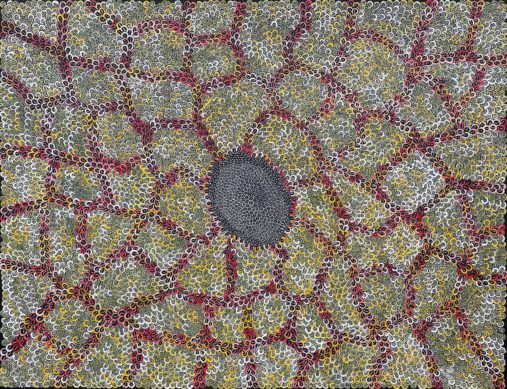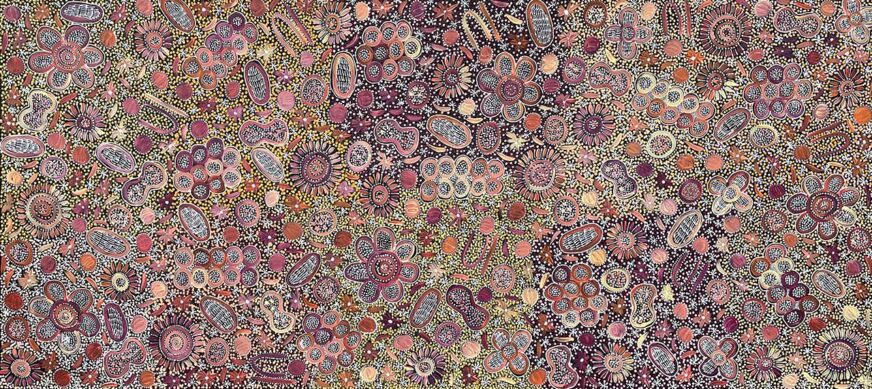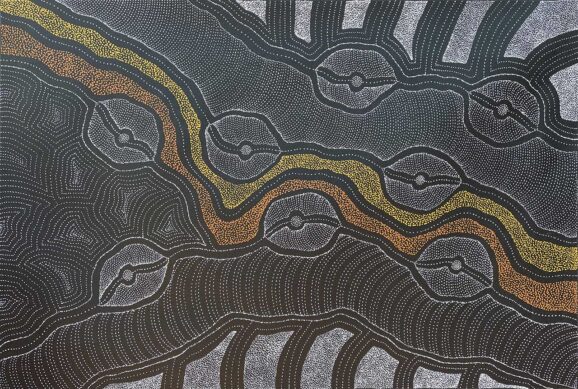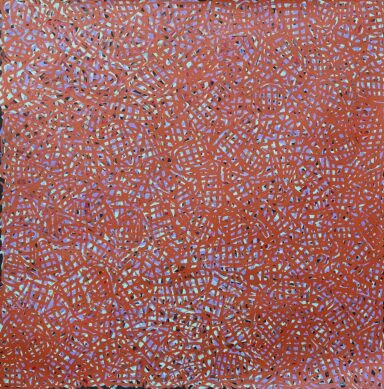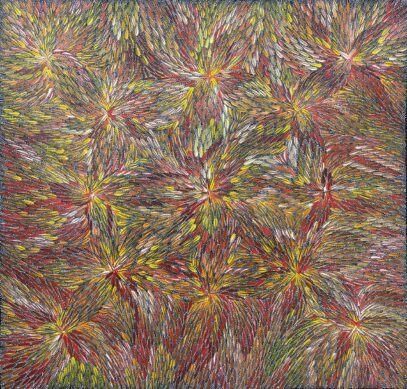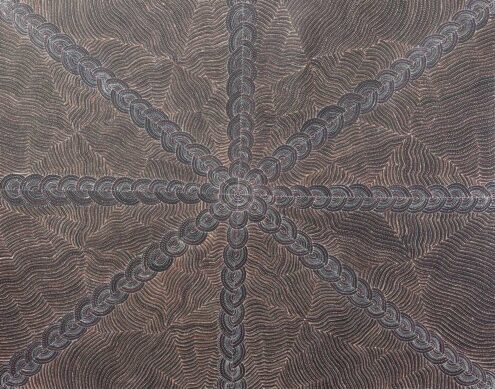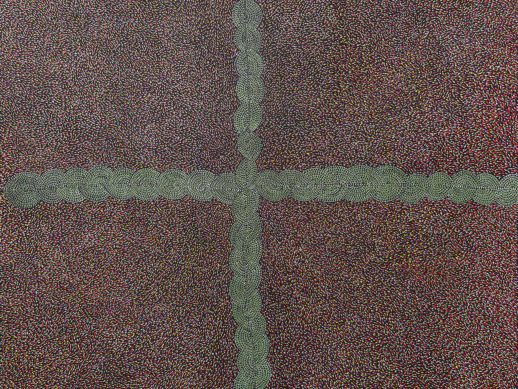Artists of Utopia
Utopia artists from central Australia represent a diverse and innovative group within Aboriginal art with styles that range from expressive to highly detailed dotting.
Who Are the Artists of Utopia?
The Artists of Utopia are a large group of Australian Aboriginal artists who work on the Utopia Homelands, located 270 km north-east of Alice Springs in the Eastern Desert. These artists represent a diversity of style and technique, that remains unique in the world of contemporary Australian Aboriginal art.
Where do the Artists of Utopia come from?
The people at Utopia are the Eastern Anmatyarre and Alyawarre language groups, who had lived and worked on the cattle stations on their lands since white settlement in 1927. The area, occupying 1800 square kilometres of desert country, was the ancestral country of their forebears, where the family clans had lived for millennia.
What are the origins of the Artists of Utopia contemporary art movement?
One of the founding influences was the preparation done with the women artists when they were in the process of applying for freehold tenure and control of their traditional lands. In 1978, educators Toly Sawkeno and Jenny Green, created the Batik Project to teach local women craft skills that could provide income for the group and demonstrate commercial initiative that might support the upcoming land claim.
The artists lived in a number of outstations across the Utopia Homelands, based on family clan groups who chose to live in specific locations. They came together to support the batik initiative. They soon established a reputation for creating beautiful silk batiks that represented the vital stories of their lands. In 1981, the artists were featured at the Adelaide Art Festival, in an exhibition titled ‘Floating Forests of Silk: Utopia Batik from the Desert’.
The Batik Project produced many skilled artists who shared family group designs and technical skills while developing their own special approach to their art. The next step happened in 1988-89 when the artists made their first paintings on canvas and exhibited them in the Sydney exhibition ‘The Summer Project: Utopia Women’s Paintings’ at the S.H. Ervin Gallery. Although these were smaller scale works and limited to four basic colours – black, white, yellow ochre and red ochre – the exhibition established the artists on a remarkable path to artistic success.
Who Are The Most Famous Artists from the Artists of Utopia?
Pre-eminent amongst the group was Emily Kame Kngwarreye who established new possibilities for contemporary Aboriginal painting. By deconstructing the layering technique used in batik, the artists began to use elements of the total designs to create new images and art styles. Others artists established their own styles including Gloria Petyarre, Kathleen Petyarre, Nancy Petyarre, Ada Bird, Barbara Weir, Greenie Purvis and Kudditji Kngwarreye.
Their legacy was to create an openness of style and approach that allowed hundreds of other artists from the Utopia clan groups to expand on their artistic work in a multi-generational art movement that has maintained its energy and diversity.
Do Australian Aboriginal Utopian Artists Use Body Paint Designs?
As well as the artists influenced by batiks, another group used broad gestural mark making that related to body paint designs or markings on country. These artists used strong colour and expressive movement to enliven their canvases. Artists from this group include Minnie Pwerle and Kudditji Kngwarreye, although many other artists used this style of working for particular subjects. We could add Barbara Weir, Gloria Petyarre, Betty Mbitjana and Galya Pwerle to this list.
What Are The Dreaming Stories Artists of Utopia Paint About?
Stories with strong ceremonial associations for the women artists of Utopia became a major focus for painting. These stories include Yam Dreaming, Bush Medicine Leaves and Awelye Body Paint were widely interpreted by the artists.
View Artists:
View Exhibitions:
2018 Painting on Country – Utopia Artists
2015 Camel Camp & Beyond – Utopia Artists of the Eastern Desert
Read:
Art & Life at Camel Camp on Utopia Homelands
Utopia Artists Painting on Country Exhibiting at Japingka
Aboriginal Art Movement at Utopia
Camel Camp and Beyond: Utopian Artists of the Central Desert

